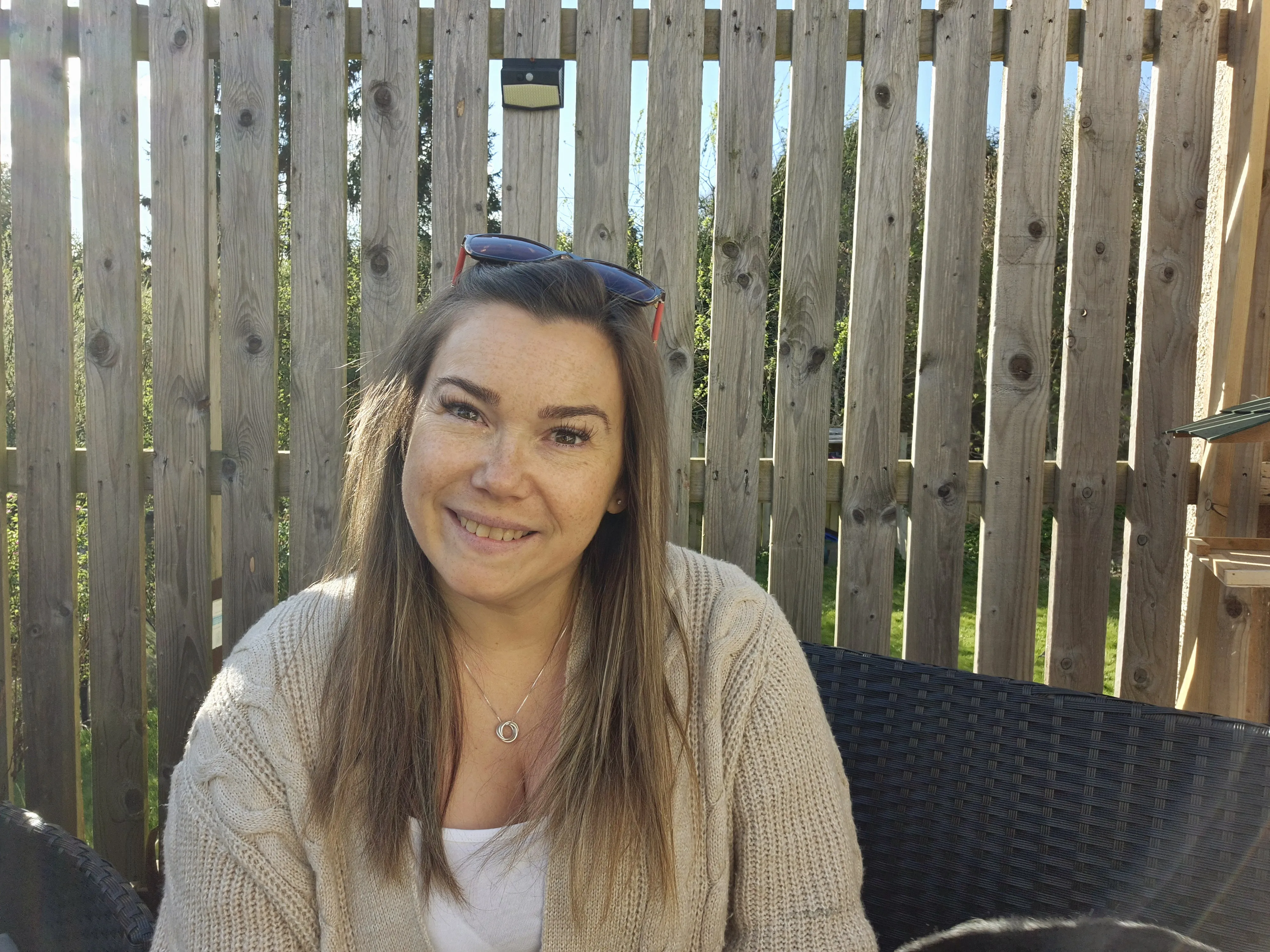
Catriona
It took me years to understand just how serious diabetes is. Looking back, there were clear signs that something was wrong even before my diagnosis.
Catriona, from Tayside, shares what it was like being diagnosed with type 1 diabetes as a teenager and how complications of the condition have been life-altering for her. She highlights the importance of early access, support and treatment.


